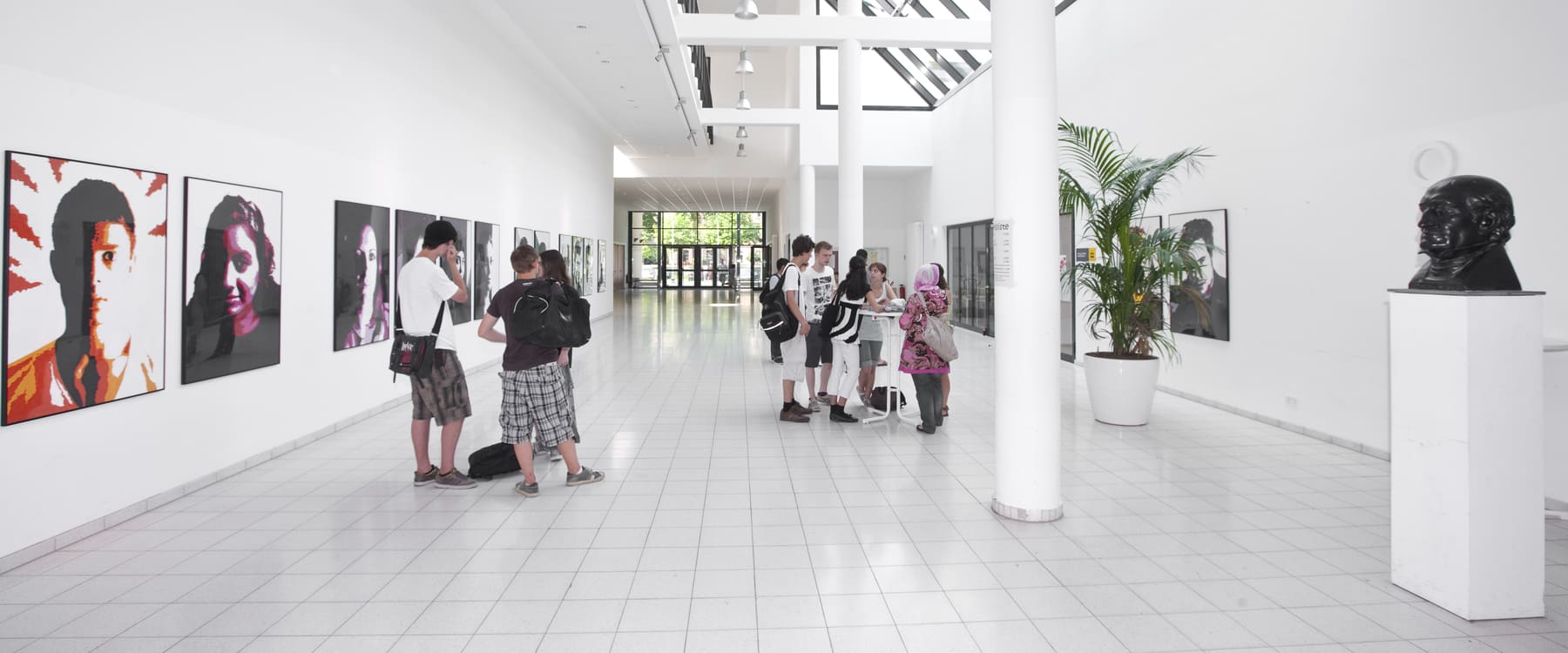How HOCHTIEF overcomes the investment bottleneck through PPP
Germany is gridlocked—on roads and bridges and in tunnels. At the same time, the substance of many public buildings, such as schools and city halls, is crumbling. That annoys motorists, teachers, parents and schoolchildren—simply everyone. And: It damages Germany as an industrial and logistics location. Public-private partnership activities are an option for resolving the investment bottleneck.
Ramshackle bridges, permanent traffic congestion and crumbling public buildings are to be tackled: with PPP
427,000! That's how many hours motorists spent in traffic congestion in Germany in 2023 alone. A trial of patience, an ordeal. The ADAC expects more traffic and congestion in 2024. The poor condition of many highway bridges is driving the current situation in the coming years. Altogether, the total amount of traffic congestion reported in 2023 added up to a length of 877,000 kilometers. This is long enough to encircle the world almost 22 times. As in previous years, congestion peaks were in NRW, Bavaria and Baden-Württemberg (source: ADAC Staubilanz 2022).
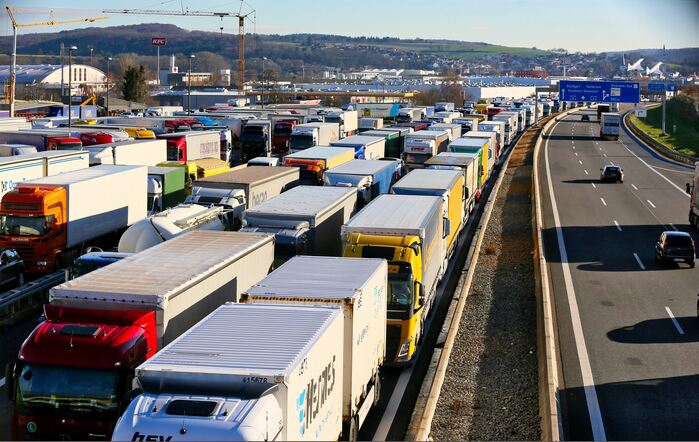
The first steps in the right direction have been taken: In 2015, the Ministry of Transport initiated a series of eleven new PPP projects with an investment volume of 15 billion euros, which will be put out to tender and awarded in the coming years. One of these is the expansion of the A6 highway between Wiesloch/Rauenberg and Weinsberg in Baden-Württemberg, which HOCHTIEF is planning, financing, building, operating and maintaining together with partners.
Our ongoing projects, such as the A8 highway in Bavaria/Baden-Württemberg and the A7 highway from Hamburg to Schleswig-Holstein, show that modern infrastructure can be provided to users quickly, profitably and in high quality with the help of PPP.
Backlog of refurbishment in German schools—unresolvable?
Many schools and city halls in Germany are also in desolate condition. Mold in classrooms and office rooms, leaky windows, defective heating systems, toilet rooms in an unacceptable state and poor equipment are part of everyday life. A bitter situation for Germany as an educational location and for administration. As reasons for the refurbishment backlog, experts above all cite lack of personnel capacities, bureaucratic hurdles, unclear responsibilities and setting of false priorities by local politicians.
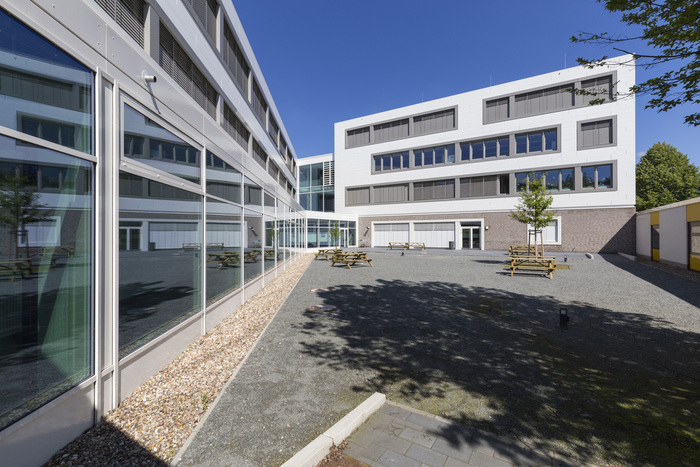
But things can be different. In the district of Offenbach in a PPP project, within a period of five years HOCHTIEF has refurbished and modernized as many as 50 educational facilities of all types of schools and handed them over to the client in perfect condition after 20 years of operation and maintenance. According to the district administration, it would have required 25 years just for the modernization. In Cologne, we have successfully refurbished seven schools at five locations within two years and constructed new and extension buildings at two locations. At the site of the former Union brewery in Dortmund, together with a partner we have realized one of the biggest vocational training centers in Germany for a total of 6,000 students. Further success stories are Förderzentrum Paul-Moor-Schule in Nuremberg, Gesamtschule Cologne-Rodenkirchen and Halstenbek high school near Hamburg.
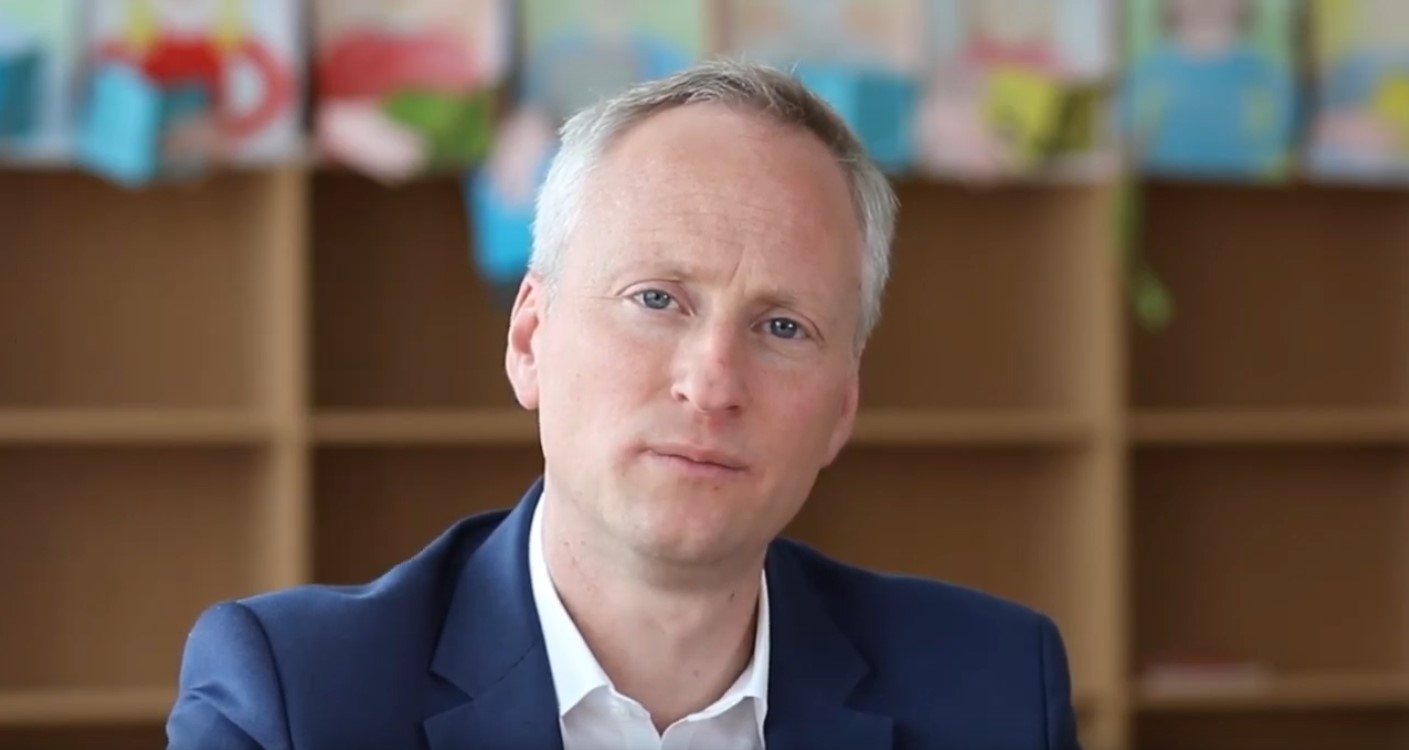
Reliable procurement alternative
Germany needs a modern and functional public infrastructure. The quality also has to be right. Particularly in competition with other European countries, we cannot afford any standstill. With a view to the life cycle of a building, PPP projects also conform with the concept of sustainability. PPP projects are realized within the contractually agreed time frame and cost framework with high quality standards. These are contractually defined by the public-sector client and guaranteed by the private partner during the entire term of the contract. Furthermore, remuneration of the private contractor is linked to compliance with the agreed performance.
This means, the public sector receives a complete package: financing, planning, building and refurbishment, supplemented by maintenance and operation. Costs and workflows can hereby be optimized. From a longer perspective, PPP models also prove to be profitable, efficient and sustainable. They are therefore an alternative to conventional procurement.
With these solutions HOCHTIEF improves the life of many people
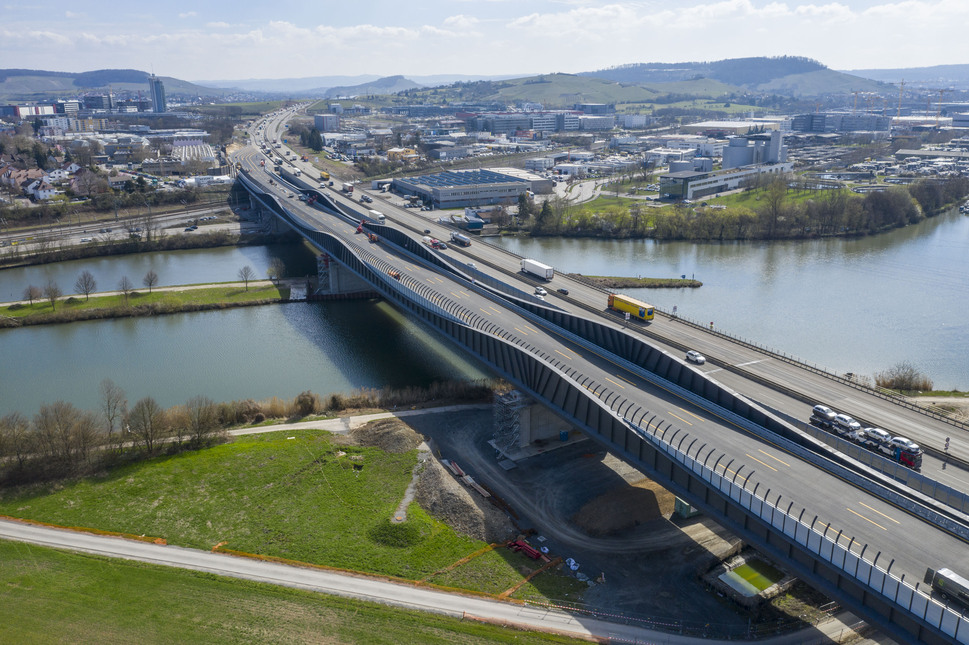


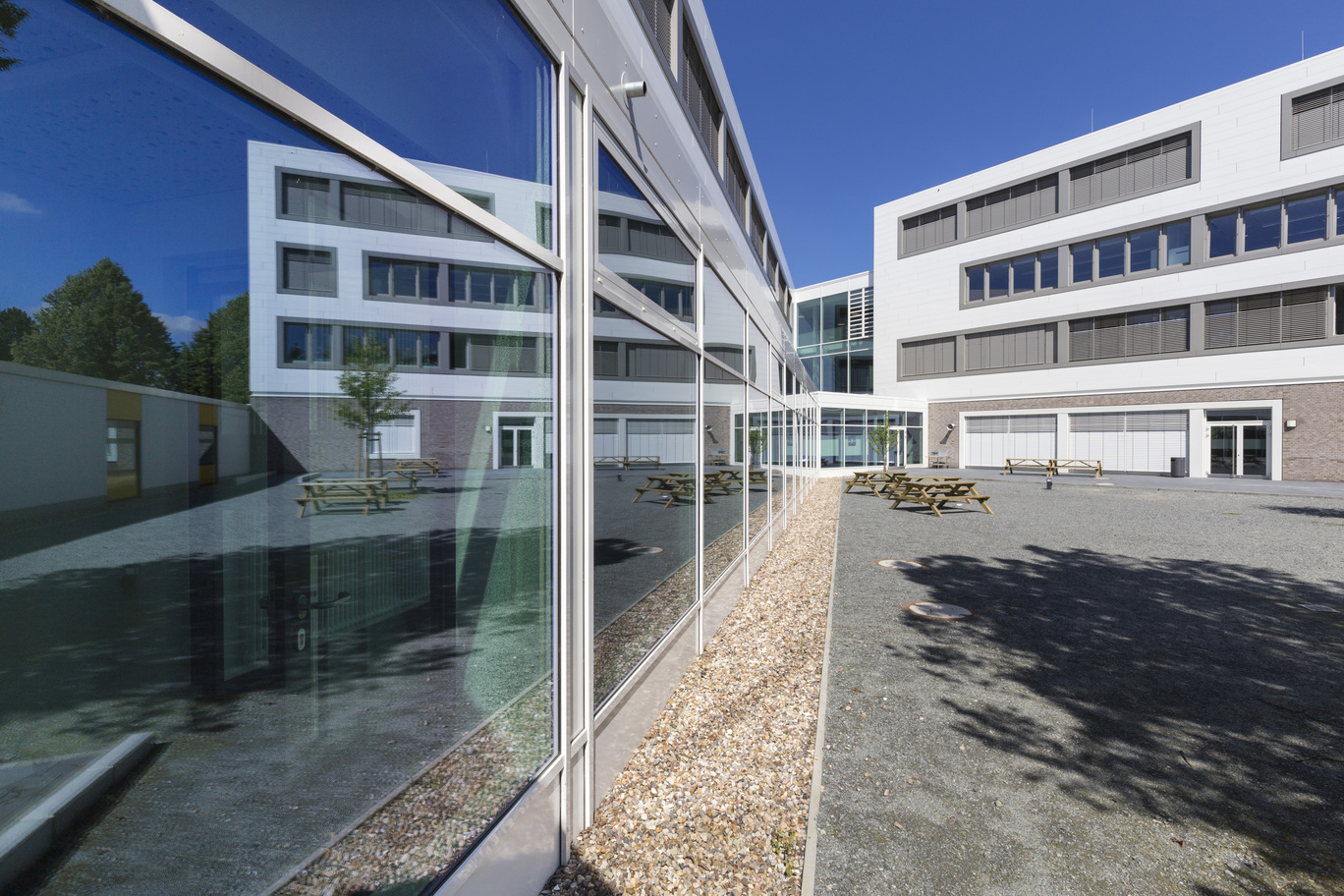
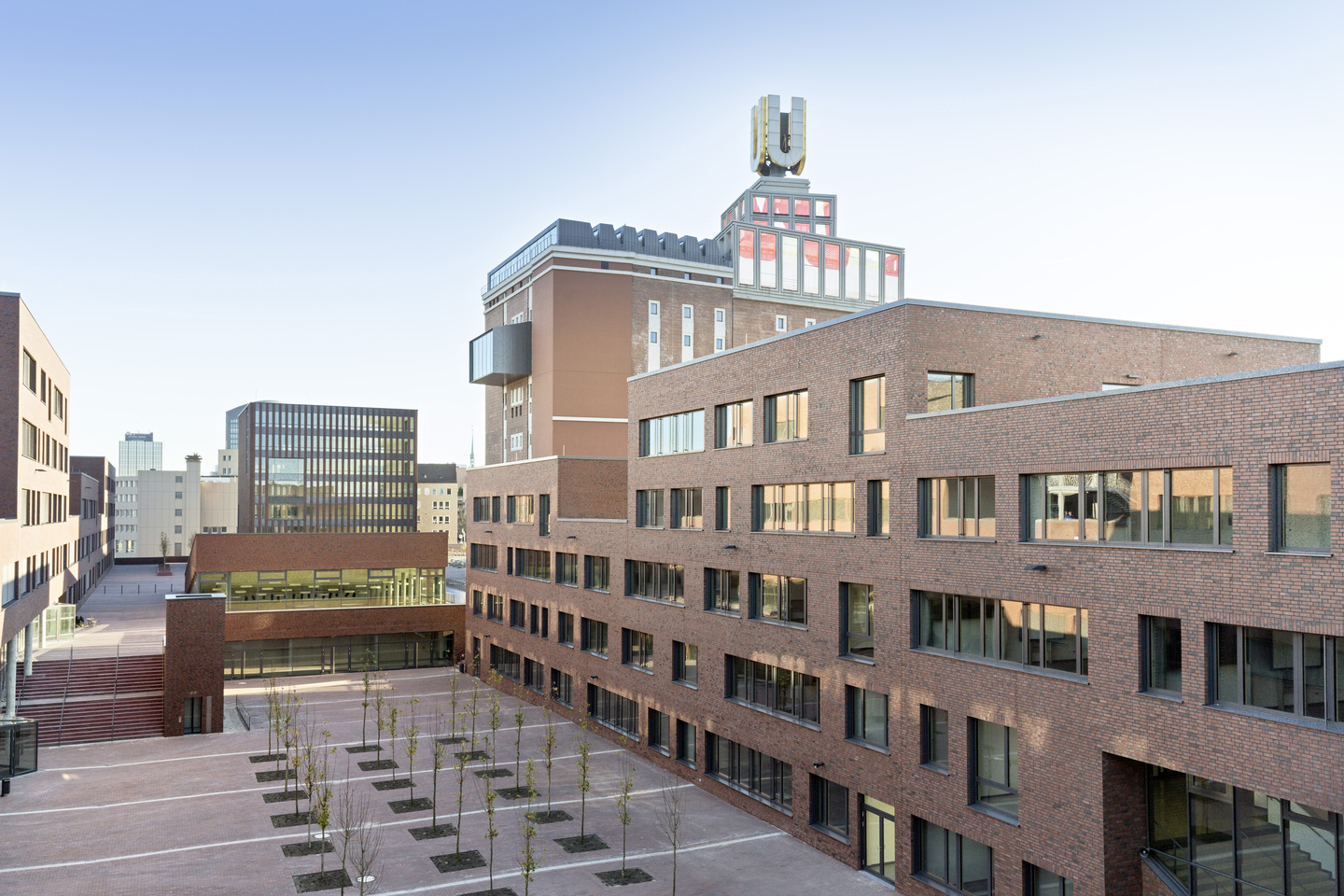
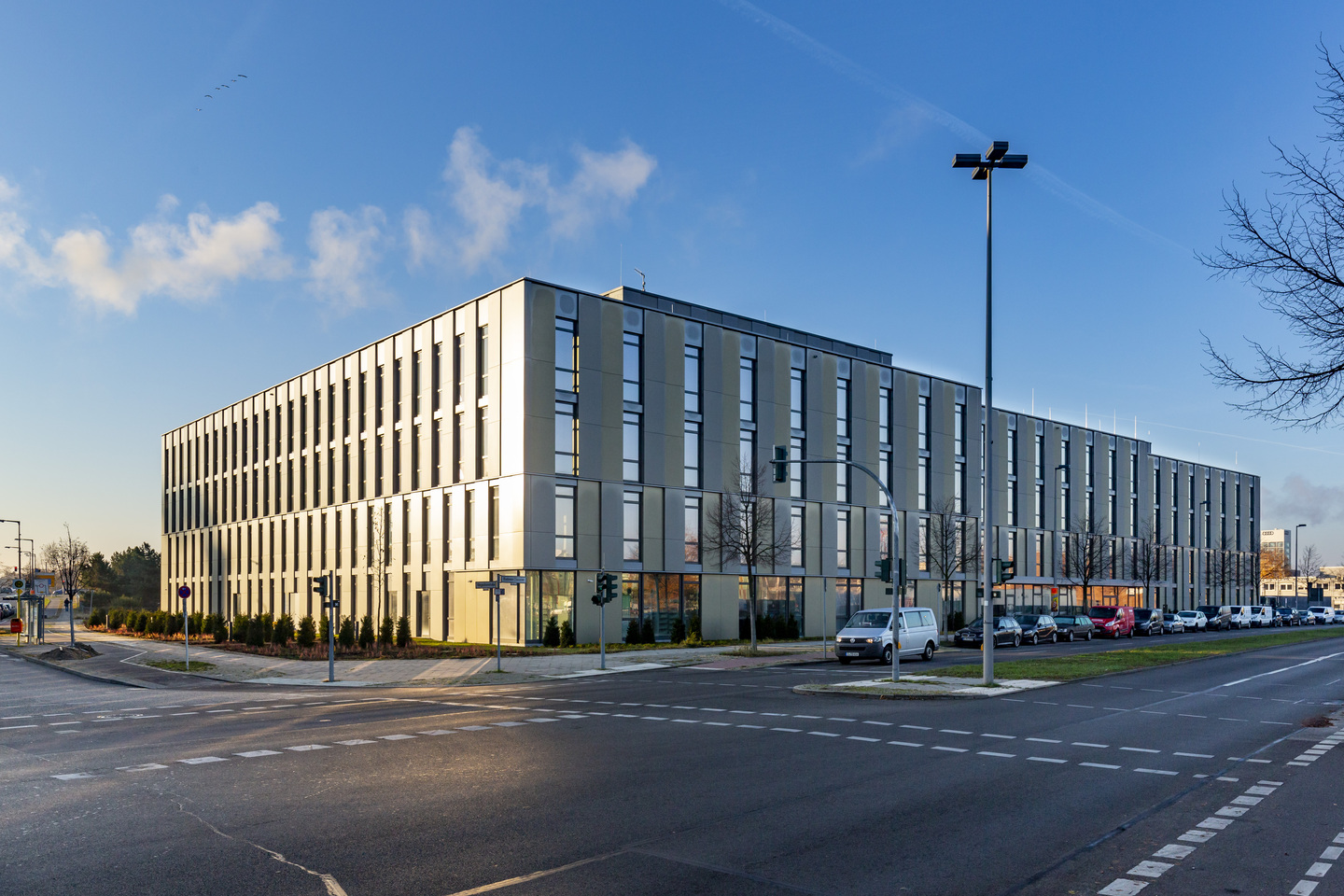

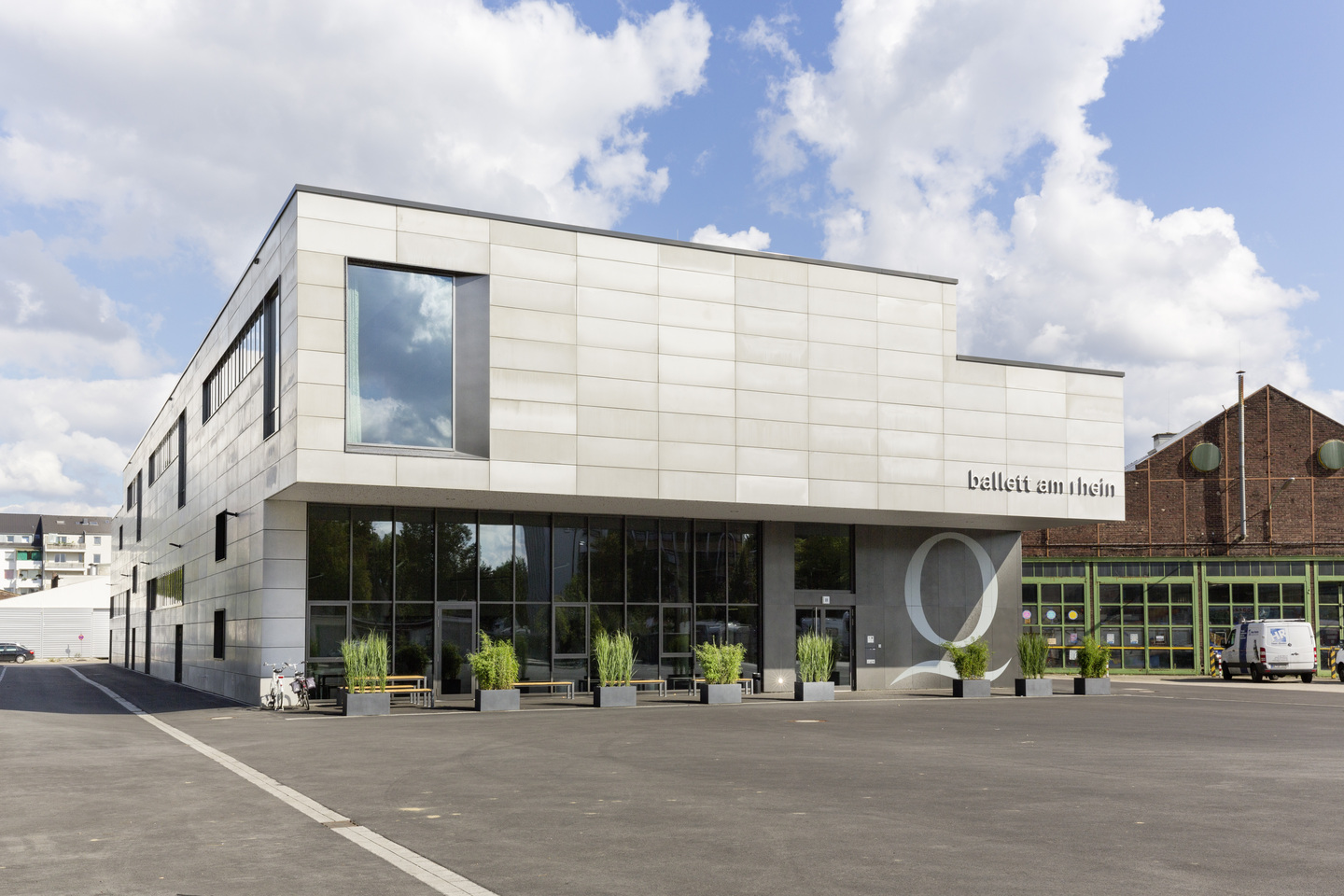



Also successful outside Germany
Public-private partnerships are also proving to be increasingly a tool of government modernization at an international level. Whether in Europe, America or Asia—everywhere private companies are planning, building and operating urgently required bridges, tunnels and highways or components of social infrastructure, such as city halls, hospitals and schools. In return, the companies receive fixed remunerations.
Worldwide there is a market for PPP projects with a volume of 200 billion euros. In Europe, we have been successfully operating in the PPP market for years with schools in the UK, with highways in Greece and with projects in the Netherlands.

Focus on the Netherlands
Alexander Neumann thinks PPP is good. And he likes living in the Netherlands. That is fitting, because the manager—who has already realized many PPP projects in Germany, such as the A4 highway in Thuringia—has been managing our PPP business in the neighboring country since 2013. Neumann admires the professionalism of the Dutch, who have standardized contracts and processes for these projects. “This enables us to implement everything faster. Here the Dutch are a step ahead of Germany.” The people there find PPP okay as a matter of principle. That also contributes to the fact that many pending projects are implemented according to this business model.

In 2017 Neumann, together with his team, completed two highway sections between Amsterdam, Schiphol Airport and the strongly growing city Almere. A good 20-kilometer-long section with bridges, tunnels and waterways is now fit for constantly growing traffic. HOCHTIEF will operate the section until 2042 together with partners and thereby ensure high availability, safety and driving comfort. With the expansion of the A15 and A12 highways near Arnheim, in 2020 HOCHTIEF received the contract for another PPP transportation infrastructure project.
Similar successes in the Pacific region and North America
Australia and New Zealand have been practicing PPP for years, above all with complex road constructions—also with the cooperation of our Australian subsidiary CIMIC. The situation in Canada is also very similar. Our PPP experts started out on this market in 2010 with the construction and retrofitting of 18 police stations in Ontario, and since then we have been operating there together with Flatiron, one of our U.S. subsidiaries. In 2019, we built one of the most important infrastructure projects in North America: the new construction of the Champlain Bridge across the St. Lawrence River in Montreal. We were also able to show our expertise in the hospital segment in PPP business with Stanton Hospital in Canada.
Further information
PPP and concessions—this is how it functionsCreating long-term values for all stakeholders—our strategy
